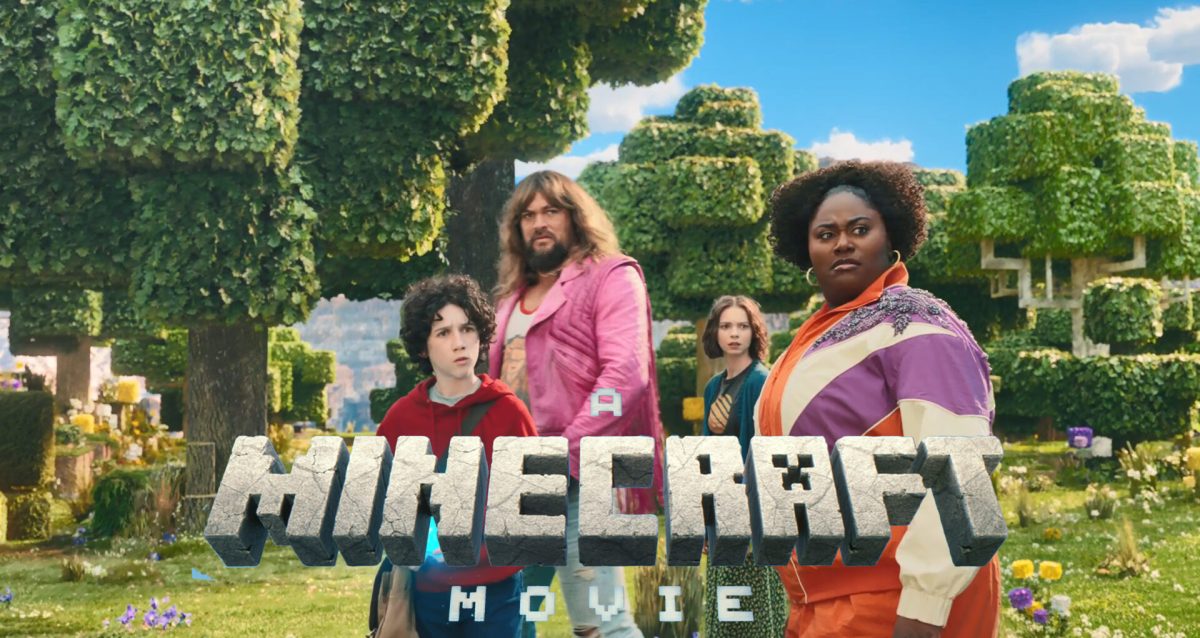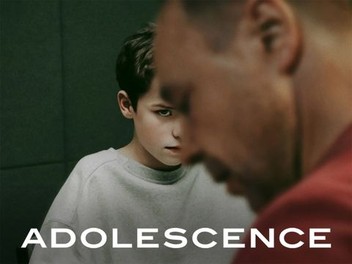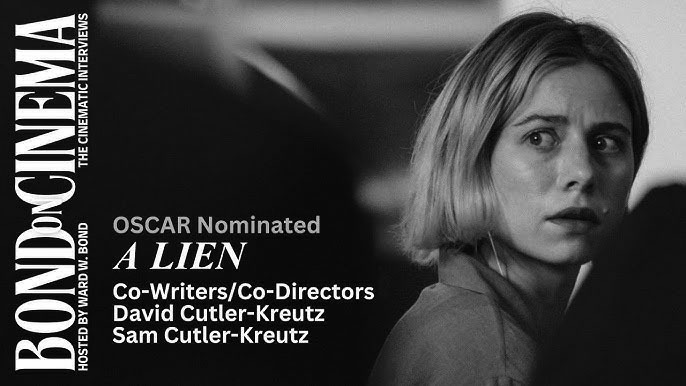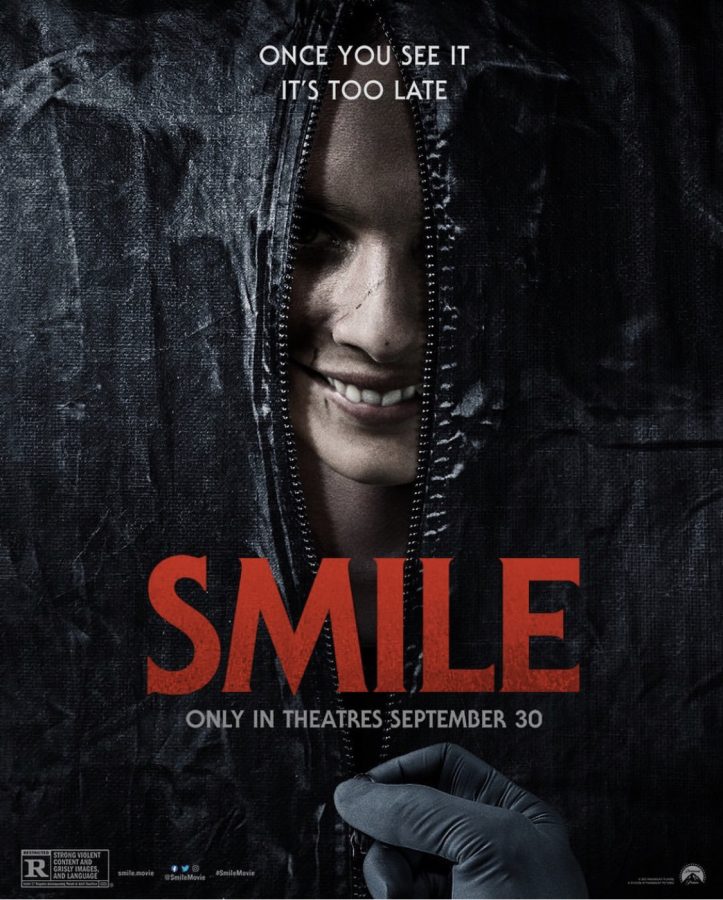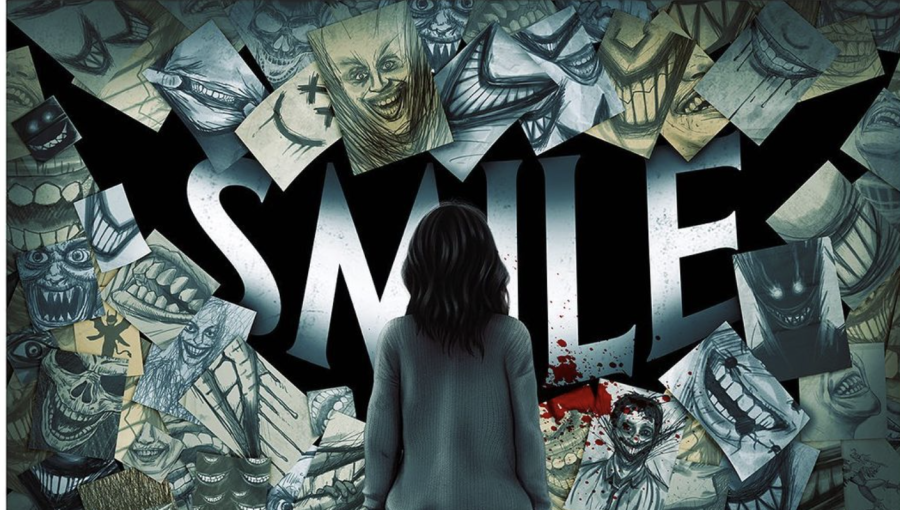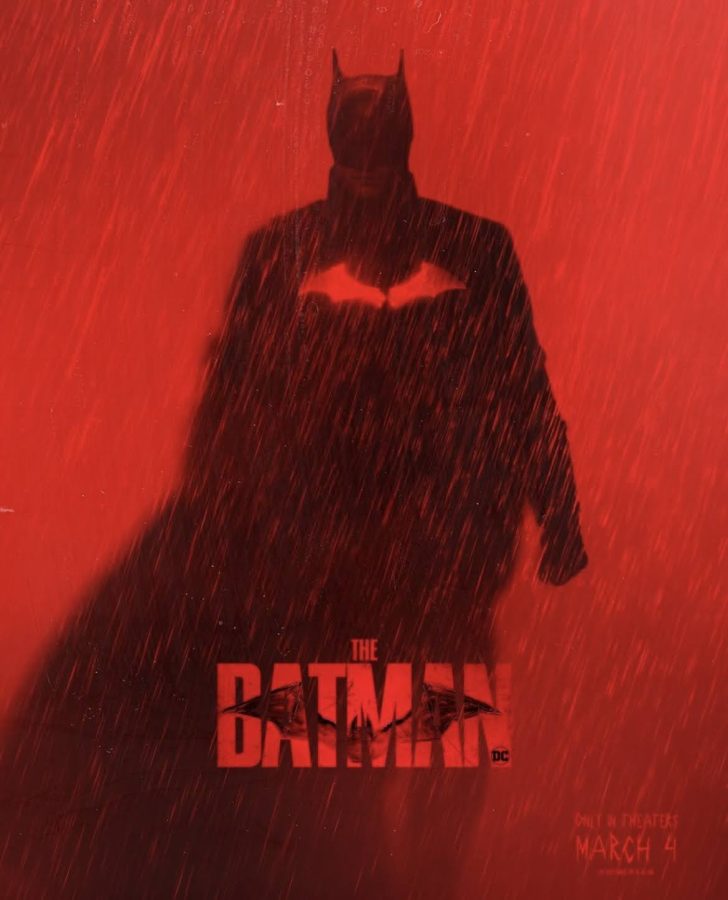Horror is defined by Merriam-Webster’s dictionary as “a very strong feeling of fear, dread or shock.”
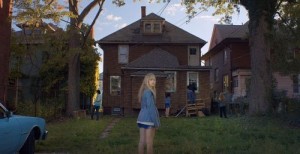
That being said, a good horror film should contain all of those elements to be an effective narrative that evokes “fear, dread, or shock.”
The latest horror film to hit theaters is the small budget independent film It Follows. Directed by David Robert Mitchell, a relatively unknown director, the film also stars a relatively unknown cast.
The film has the backdrop of the 1980s, where a college-aged girl, Jay, is living at home with her sisters and mother. She is dating a man named Hugh, who starts acting strange on the dates, as he is always leaving dates abruptly. On one date, Hugh seduces Jay, yet this is no mere hook up. As Hugh explains to Jay, he has transferred a demon to Jay, who will keep on following her until she passes it to someone else through sexual intercourse. Having this curse thrown upon her, she returns home to her family where her sisters, along with her childhood friend Paul, help Jay cope with this new demonic haunting.
The plot of It Follows is not what makes it a masterpiece. It is the execution. Take the 2013 film Gravity. The plot of a woman struggling to survive in space is not interesting; it is the way in which the story was told, from the visuals to the music to the performances.
It Follows is beautifully shot, with tracking cinematography reminiscent of Children of Men. As Jay runs from the monster, the viewer is only shown the perspective of Jay. By keeping a limited camera view, the film is all the more suspenseful.
Other long shots show perspective of the monster following Jay, the camera keeping it just out of focus to leave the creature’s appearance to the imagination. The creature changes shape, so to Jay, it always look different, choosing to appear as her deceased father, or a random senior citizen. It is a silent, slow moving menace, similar to Michael Meyers from Halloween. The nature of the beast is not the only factor It Follows has in common with Halloween.
The aforementioned cinematography is also similar to Halloween, with both Michael Meyers and the creature stalking the protagonists from a distance, creating the looming sense of fear of the unknown. The score is also just as iconic as Halloween, repainting very simple motifs with repetitive pounding sounds, symbolizing the creature’s repetitive appearances.
The slow pace of the creature’s advancement upon Jay is all the more scary rather than a quick moving monster would be, as it makes Jay’s intimidation last longer, as well as lead to more speculation as to what the monster is.
In the end, It Follows is one of the most original and inventive horror films in a long time. The characters have depth, and are not stupid stereotypes as is the case in many other modern day horror films.
As mentioned, the score, cinematography and overall direction create an incredibly engaging film. Part of the allure is the fact that the monster is never explained. Is it an alien? Is it a demon? No one knows, and the film leaves that open to the viewer’s interpretation.
The original Halloween also left Michael Meyer’s nature more or less unknown, and that is what made his unrelentedness all the more intimidating. While Halloween’s charm quickly wore off with several unwelcomed sequels, It Follows is a film that does not need a sequel, and there does not seem to be the intent to produce one.
The one caveat is that this film is more terrifying to the mind than it is to the senses. There is no extraneous gore or blood, and many times, the film takes the Friday the 13th route of setting up scenarios where the viewer thinks the monster will strike, but does not really; this adds to the suspense.
With a very ambiguous ending, It Follows is one of the most thrilling films I have seen in a while. So, if car chases aren’t your cup of tea, then check out It Follows.





